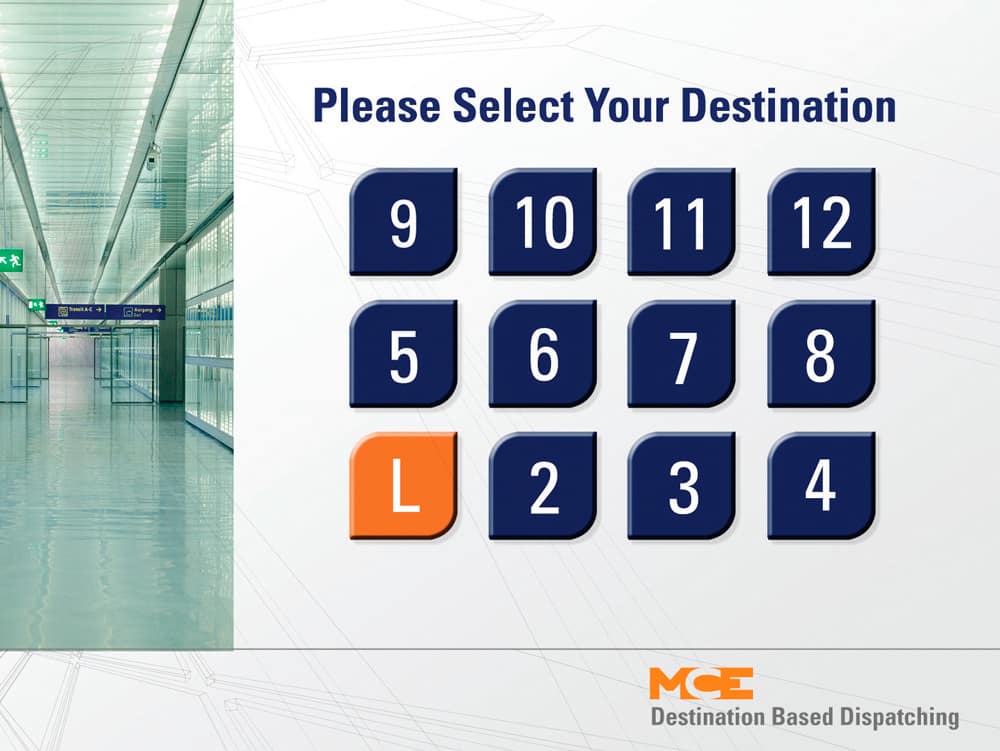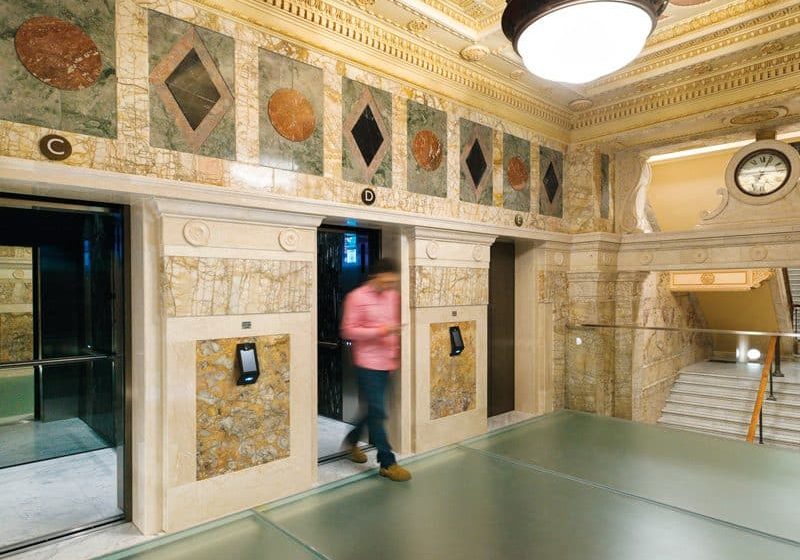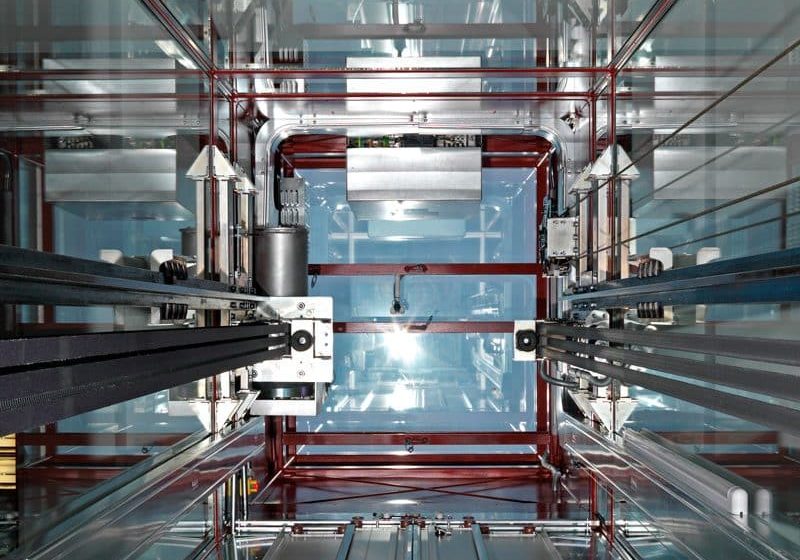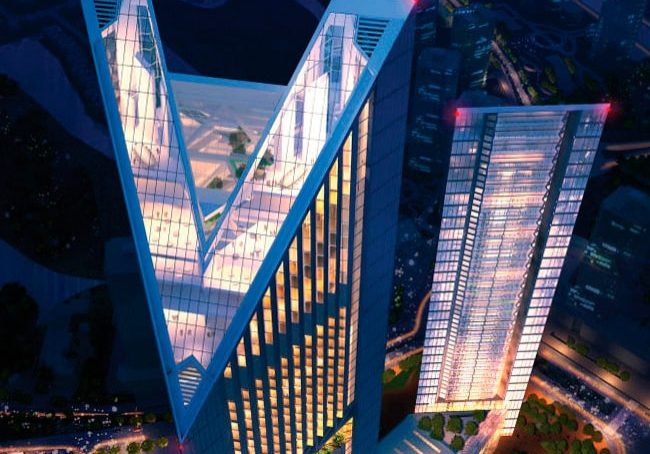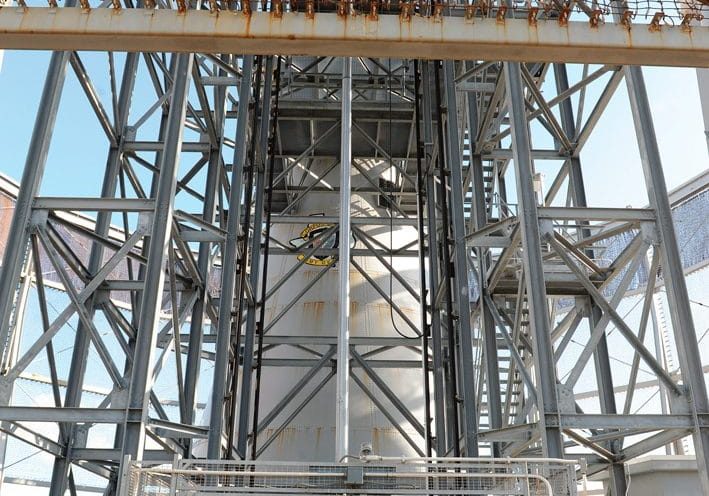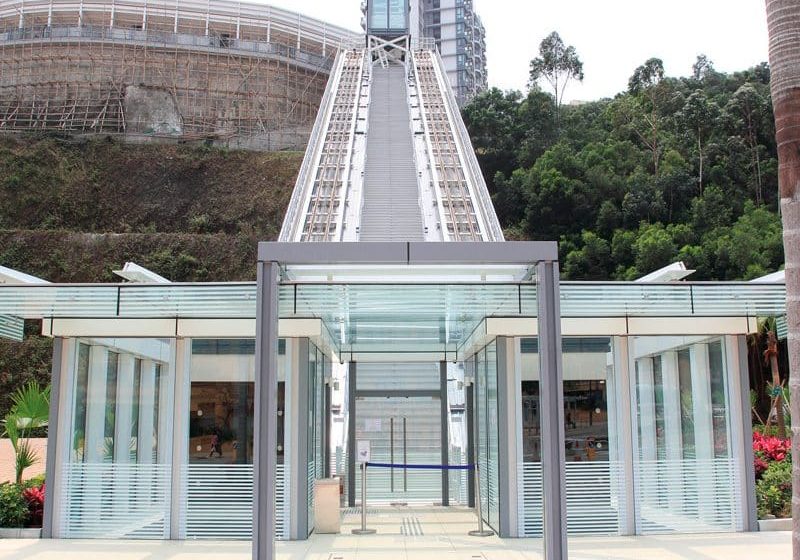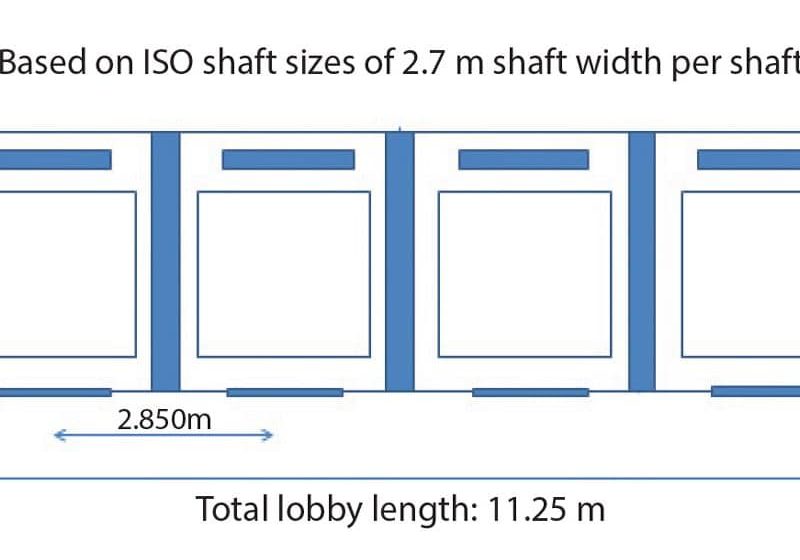MCE’s destination-oriented control technology evolves with the changing times.
Advances in computing in the late 1970s spawned the emergence of microprocessor-based elevator controls and the arrival of many nonproprietary controller manufacturers, including Motion Control Engineering, Inc. (MCE), www.mceinc.com, in 1983. Throughout the 1980s, MCE and its competitors rolled out sophisticated control technology. This computing revolution provided the foundation for advances in monitoring, diagnostics and dispatching technology, including estimated time of arrival (ETA) and estimated time to destination (ETD).
iControl enabled MCE engineers to leverage the platform to explore various dispatching methodologies and algorithms to further enhance elevator handling capacity and passenger travel time.
By the mid 2000s, several major elevator companies had developed, or were in the process of developing, destination-oriented control systems. Around this time, MCE introduced iControl. The foundation of this controller is its iBox processor and closed-loop AC drive technology, which boasted sophisticated monitoring, precision landing and intelligent dispatching software.
iControl’s powerful, software-based dispatching engine uses artificial intelligence to continually optimize dispatching decisions. Dispatching configuration can be easily modified, refined and scaled to meet changing traffic patterns. Modular upgrades ensure long-term performance, flexibility and return on investment. Real-time car status information is delivered via a high-speed, high-bandwidth network.
iControl enabled MCE engineers to leverage the platform to explore various dispatching methodologies and algorithms to further enhance elevator handling capacity and passenger travel time. This coincided with customers requesting ETD and/or lobby boost dispatching options. MCE engineers concluded that developing a system capable of performing any combination of ETA, ETD or lobby boost would be required to meet a project’s requirements, whether modernization or new construction.
Planning for MCE’s entry into the field of destination-oriented dispatching began in 2005. MCE’s R&D department developed a requirement document to serve as a roadmap for design and implementation of a destination-oriented control system. Requirements, all of which were met, included:
- Being designed for use with iControl functionality may be retrofitted on existing iControl systems with hardware and software modifications.
- Having the iCentral computer handle frontline dispatching and the complexities of destination-oriented dispatching: a redundant system embedded in each iControl iBox ensures backup in the event of main dispatching failure.
- Having easily accessible hardware that complies with Americans with Disabilities Act requirements, including Braille keypads, voice-directed instruction and unique car recognition tones.
- Being outfitted with a microprocessor to communicate with destination input devices (DIDs) via a high-speed serial communication link: if destination-oriented dispatching were intentionally or unintentionally taken offline, touchscreen hall fixtures would automatically revert to standard ETA call mode. The failure of an individual DID or device would not disable other DIDs or the destination-oriented system.
- Being able to process complete data concerning passenger destination, traffic volume, etc.
- Consider both boarding and exit stops, as well as consequential delays endured by other passengers in order to select the best elevator to serve the passenger.
- Having the ability to minimize the number of stops required to handle a given volume of traffic, thus reducing overall travel times: in making this determination, the current location of the passenger and walking time to the cars from the individual DIDs would be considered, so no allocation would be made to cause elevator doors to close before the entering passenger could board the assigned elevator.
- Having the capability to direct passengers to board specific elevators to allow for increases in handling capacity: during up- or down-peak traffic conditions, maximum coincident stopping would be automatically achieved without disrupting passengers. Under all traffic conditions, reduced passenger destination times (the sum of waiting + loading + travel time) would be paramount.
- Having input devices, which are required for destination-oriented operation: however, up/down hall call buttons, hall lanterns and per-floor in-car call buttons could be provided for conventional ETA elevator dispatching. User-defined configurations would allow the elevator control system to have the flexibility to switch specific floors or all floors between these two distinct modes of elevator dispatching.
A destination entry touchscreen provides a graphical, customizable interface.
MCE’s Destination Based Dispatching was introduced in 2006. It provided a destination-oriented dispatching solution for the independent market. The new system replaces familiar up/down hall calls located next to elevators with one or more centrally located destination entry devices. A destination entry touchscreen provides a graphical, customizable interface. The first screen provides destination floor selection buttons.
Once the passenger selects a floor, the touchscreen displays the location of the assigned elevator relative to the position of the passenger. The elevator dispatcher makes car assignments based on the calculated estimated time to destination, assigning the same floor calls to the same elevator until capacity is reached.
Get more of Elevator World. Sign up for our free e-newsletter.
